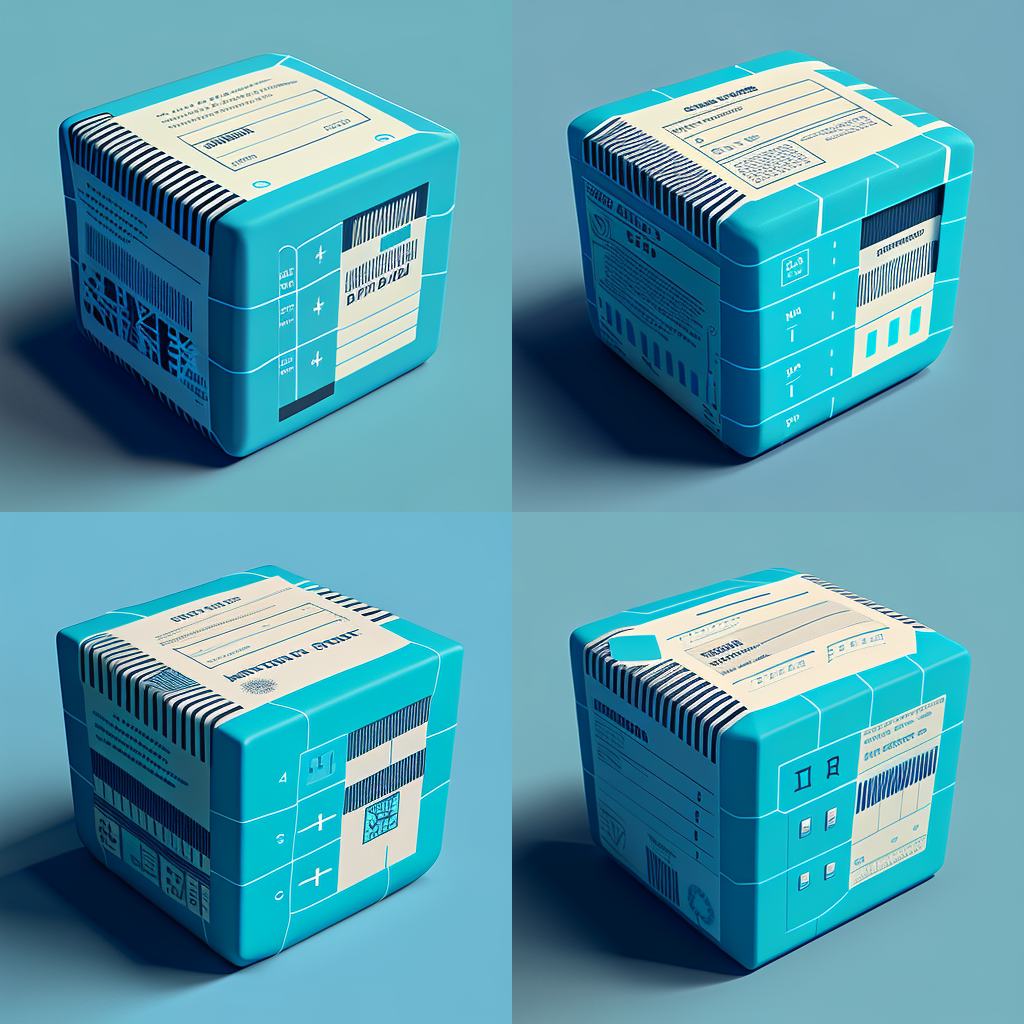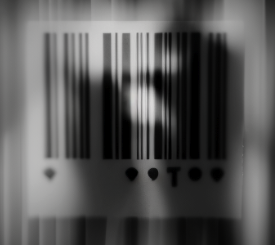
The use of barcodes has become ubiquitous in the pharmaceutical industry, providing a crucial means of identification and tracking for products in the supply chain. Accurate creation of barcodes is essential to ensure reliable digital reading and to prevent failures that can cause significant disruptions and potentially pose risks to patients, not to mention the costly and feared product recall. In this article, we will explore the importance of creating barcodes accurately and explain why the size of the barcode and the color used in the design are crucial factors to consider. We will also provide two tips to help ensure that barcodes are created correctly for packaging design.
The risks
Poorly printed or sized barcodes can cause digital readers to fail, leading to incorrect identification of products, misdirected deliveries, and even recalls. This does not only pose a danger for the patient but also a significant risk for the brand in terms of reputation and costs.
The size matters
One of the key factors to consider when creating barcodes is the size of the code. The size of the barcode needs to be large enough to be easily read by digital readers, but also small enough to fit on the limited space available on the packaging. The size of the barcode must also be consistent across all packaging to ensure reliable digital reading and to prevent confusion. However, the most important aspect of barcode sizing is following the regulated standards for the selected barcode. Some barcode types allow for more flexibility in terms for size and color while others (like the Pharmacode) are very strict in their technical specifications.
Pharmaceutical Binary Code – The Pharmacode
The pharmaceutical binary code, commonly known as the pharmacode, was first introduced in the 1970s as a means of providing a fast and efficient way to identify and track products in the supply chain. The barcode system was originally based on the Universal Product Code (UPC) developed by the grocery industry. The pharmaceutical barcode, also known as the GS1 barcode, was developed to meet the specific requirements of the pharmaceutical industry and is based on international standards established by the Global Standards One (GS1) organization. The technical specifications of the pharmaceutical barcode include a specific number of digits, with the first three digits identifying the company that manufactured the product, the next two digits identifying the product, and the last digit used as a check digit for error detection. The barcode is also required to meet certain size and printing quality standards to ensure reliable digital reading.
You should NEVER resize the width of a pharmacode.
Rafael Cruz, Studio Manager
Color also matters

The color used to create the barcode is also an important factor to consider. Barcodes must be printed in high contrast colors to ensure that they are easily readable by digital readers. The color of the background and the barcode must be carefully chosen to ensure that the barcode is clearly visible and easily distinguishable from the background. The use of low contrast colors, such as light blue on white, can make barcodes difficult to read and can cause digital readers to fail.
2 Tips to help you out
To ensure that barcodes are created accurately, there are two important tips to keep in mind. Firstly, it is crucial to use high-quality printing materials and equipment to create the barcodes. This will ensure that the barcodes are clearly visible and easily readable, and will help prevent digital reading failures. Secondly, it is important to regularly test the barcodes to ensure that they are accurately readable by digital readers. This can be done by using a barcode scanner to test the barcodes and to confirm that they are being accurately read.
In summary, to ensure accurate barcode creation for pharmaceutical packaging design, it’s crucial to:
- Consider the size of the barcode to ensure it is easily readable by digital readers and fits the packaging space
- Choose high-contrast colors for printing to improve barcode visibility and readability
- Use high-quality printing materials and equipment
- Regularly test barcodes for accurate digital reading with a barcode scanner
